Mon 10 Oct 2016 by Philip Woodcock
DP vessels may be relatively inexpensive right now, but four-point units have proved effective on projects
such as the Nordergründe offshore windfarm
Dynamic positioning (DP) vessels used in the offshore oil and gas sector and for projects in the offshore renewables
segment are operating at sub-opex rates at the moment, so the question arises whether older four-point mooring vessels
operating in the nearshore segment still have a valid business case.
In my opinion, the business case for four-point mooring vessels remains valid for financial and operational reasons – an
opinion supported by the fact that these vessels still obtain high utilisation rates, as they deliver what is required.
DP vessels consume a far greater amount of fuel when operating as the thrusters are running to maintain position. When
on anchors, the only fuel consumption needed is for the auxiliary engines providing power to domestic services, client
equipment and hydraulics, which, on many projects, is less than 1m3 of fuel a day.
With today’s depressed oil price, a saving of 3–4m3 per day may seem inconsequential but ensures a saving of over
US$1,000 a day and less time wasted in port calls for bunkers. As end clients have seen their maintenance budgets
slashed, any saving can have an impact on whether a project is approved or axed.
For projects where frequent moves are not required, four-point mooring vessels offer safe, secure and comfortable
platforms for performing subsea operations. A moored vessel is ideal for shallow-water diving and operations with
remotely operated vehicles (ROVs). For safety reasons, the length of a diver’s umbilical has to be limited so that it cannot
approach within 5m of rotating machinery, such as propellers or thrusters.
IMCA guidance document D 010 Diving Operations from Vessels Operating in Dynamically Positioned Mode explains
how to mitigate these risks. This is a problem with DP vessels of limited length or where water depth is restricted as the
umbilical will form a shallow catenary near the propellers with the resultant risk that it could be cut or the diver dragged
into the propeller.
The same applies to the umbilical of an ROV, where life is not at risk, but one is still endangering a very expensive piece
of equipment. DP operations in shallow water create large amounts of underwater thruster noise, which can be very
fatiguing to divers. Thrusters can also stir up sediment in shallow water, resulting in reduced visibility for the divers or
ROV operator. Secure mooring on an anchor spread eliminates these hazards.
On the shallow-water projects commonly found in the offshore renewable energy industry, sandbanks and large tidal
variations make it necessary to operate with limited under keel clearance. This work can be performed with DP units such
as multicast, which are designed to take the ground. However these vessels have limited accommodation for clients and
are few in number so consequentially command a high charter rate.
Some four-point mooring vessels are designed for beaching, with flat bottoms and internal cooling tanks for the
machinery, and thus are ideally suited for such works. One example is Offshore Beaver, which assisted GSS Hansa and James Fisher Subsea in the challenging unexploded ordnance clearance operation on the Nordergründe offshore windfarm
in Germany. That project combined divers with an ROV and used the vessel to lay dry in a safe location during low tides
and then manoeuvre on anchors to the work location to meet the working window.
Today’s market is presenting project managers with tempting options to charter high specification, deepsea DP vessels for
rates similar to the workboats that they are used to using. However, the discerning company should look beyond the shiny
specification and rock-bottom day rate and consider the suitability of a vessel for a project and the total vessel cost,
including fuel and extra bunker calls to port. In unusual times, the four-point mooring vessel still makes sound business
sense.
Philip Woodcock is general manager, Workships Contractors BV



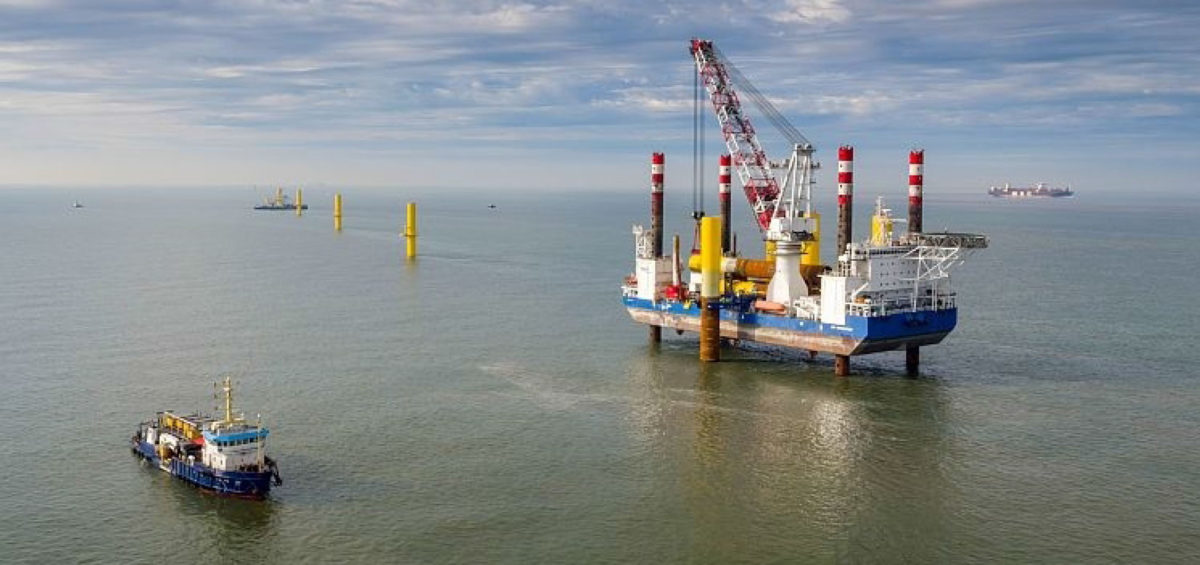
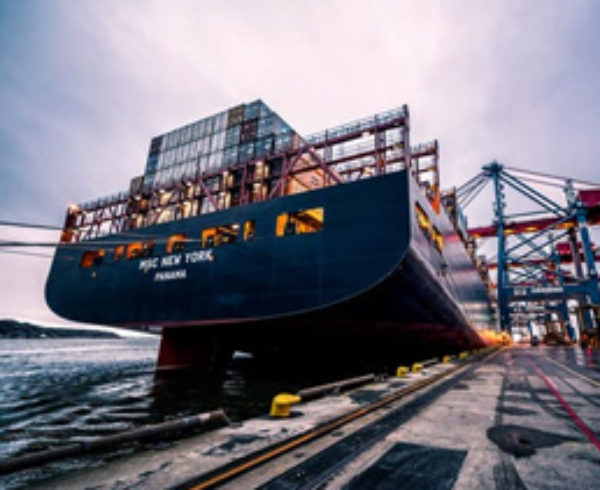

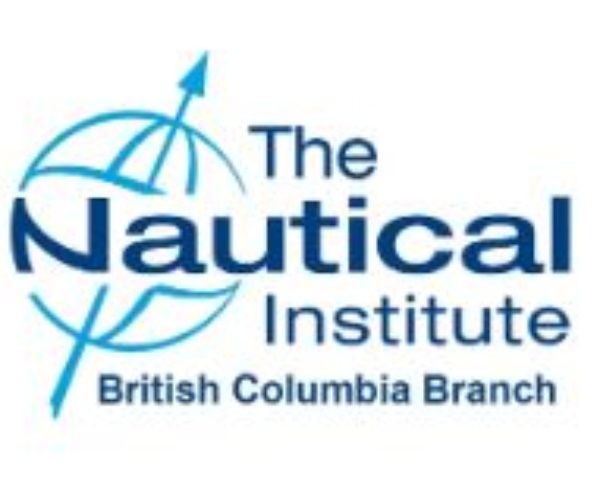
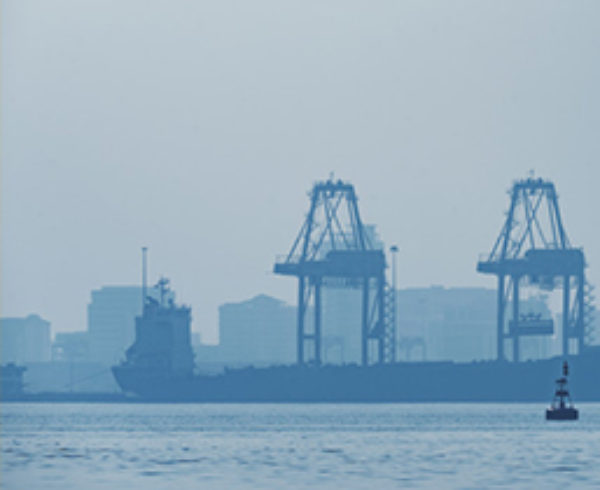

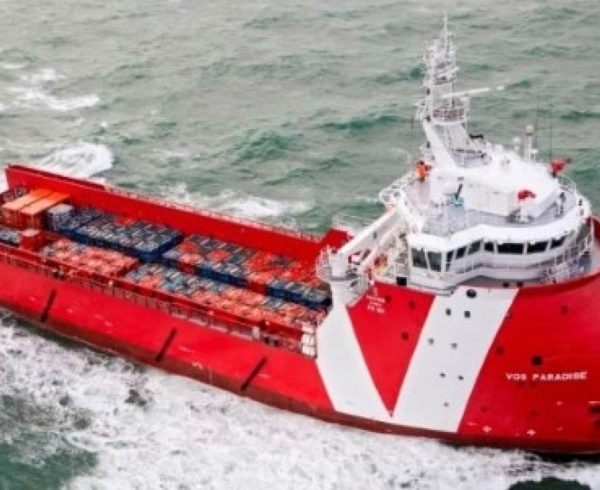
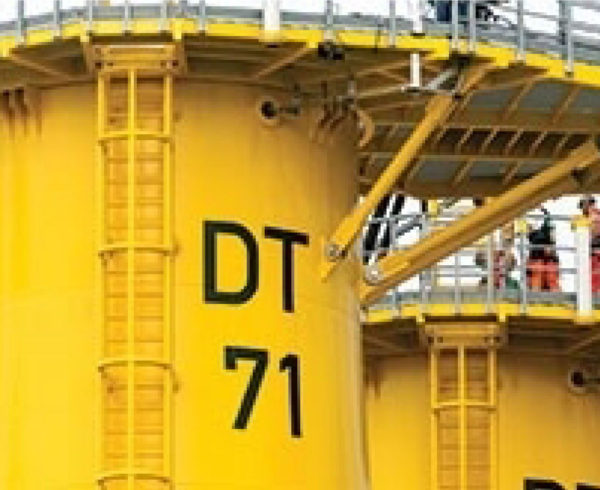


Leave a Comment